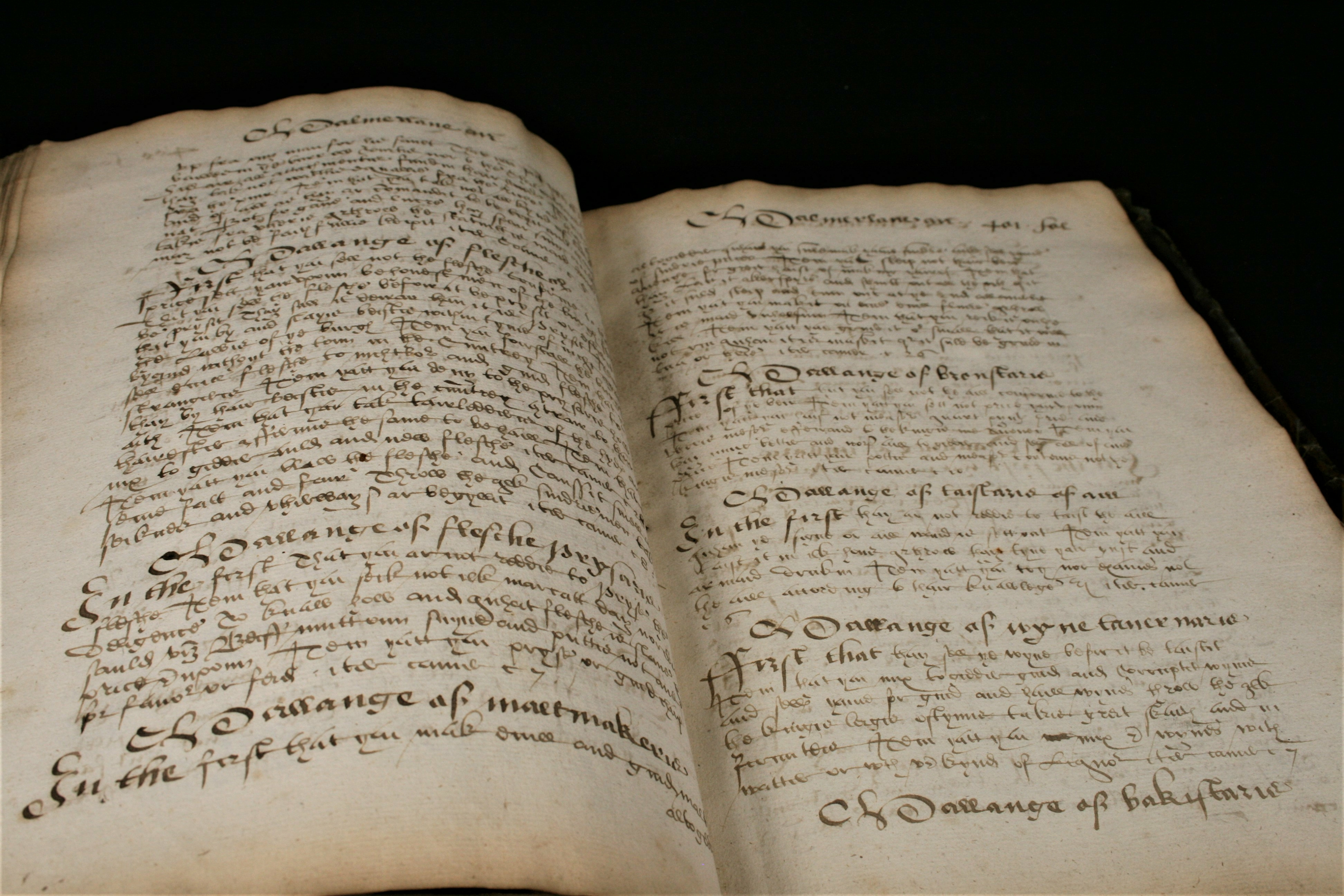

Unfortunately, the manuscript is in poor condition. Note that Keats wrote on both sides of the scrap paper. It was abandoned and Keats began the poem again on the other side of the paper. However, the presence of ‘Small, winged Dryad’ at the bottom of the second page (upside down) is clearly a false start to the poem. Interestingly, there has been speculation that this isn’t the first draft, but a later copy. It is clear that Keats did not anticipate writing such a lengthy poem when he took just two sheets of paper into the garden, – and he did not dare interrupt his writing to fetch more later. But the work was written hastily on scrap paper. The ‘Nightingale’ manuscript is actually on two sheets of paper, not ‘four or five’ as Brown recalled, and the stanzas are in relative order. The original manuscript of ‘Indolence’ is lost and the order of its stanzas remains doubtful (note Brown’s memory of arranging stanzas.) Some critics believe he may have confused the compositions of ‘ Ode on Indolence‘ and ‘Ode to a Nightingale’. It should be noted that Brown wrote his account almost twenty years after the event. After reading the above account in Milnes’s 1848 biography of Keats, Dilke noted in the margin, ‘We do not usually thrust waste paper behind books’. With his assistance I succeeded, and this was his ‘Ode to a Nightingale’, a poem which has been the delight of everyone.’īrown’s account was dismissed as ‘pure delusion’ by Charles Wentworth Dilke, the co-owner of Wentworth Place who visited Brown and Keats regularly. The writing was not well legible and it was difficult to arrange the stanzas on so many scraps. On inquiry, I found these scraps, four or five in number, contained his poetic feeling on the song of our nightingale. When he came into the house, I perceived he had some scraps of paper in his hand, and these he was quietly thrusting behind the books. Keats felt a tranquil and continual joy in her song and one morning he took his chair from the breakfast-table to the grass plot under a plum-tree, where he sat for two or three hours. ‘In the spring of 1819 a nightingale had built her nest near my house. Keats’s friend and roommate, Charles Brown, described the composition of this beautiful work as follows: When viewing it, you can almost imagine him lost in concentration in the garden at Wentworth Place. This is the most remarkable manuscript at the site, I think, for it perfectly captures the effort and enthusiasm of Keats at the exact moment of poetic creation. Ode to a Nightingale: PAGE ONE – PAGE TWO – PAGE THREE – PAGE FOUR ‘What Printing presses yield we think good store.īut what is writ by hand we reverence more:…’ crop from the original manuscript of ‘Ode to a Nightingale’ in John Keats’s handwriting The images are large for reasons of clarity so they may take a few moments to load. We can literally see how he thought out a poem, how he corrected and changed it along the way, etc It’s a collection of the original manuscript images of Keats’s poetry and letters.įor Keats’s admirers, viewing the manuscripts brings us a bit closer to the poet.


 0 kommentar(er)
0 kommentar(er)
